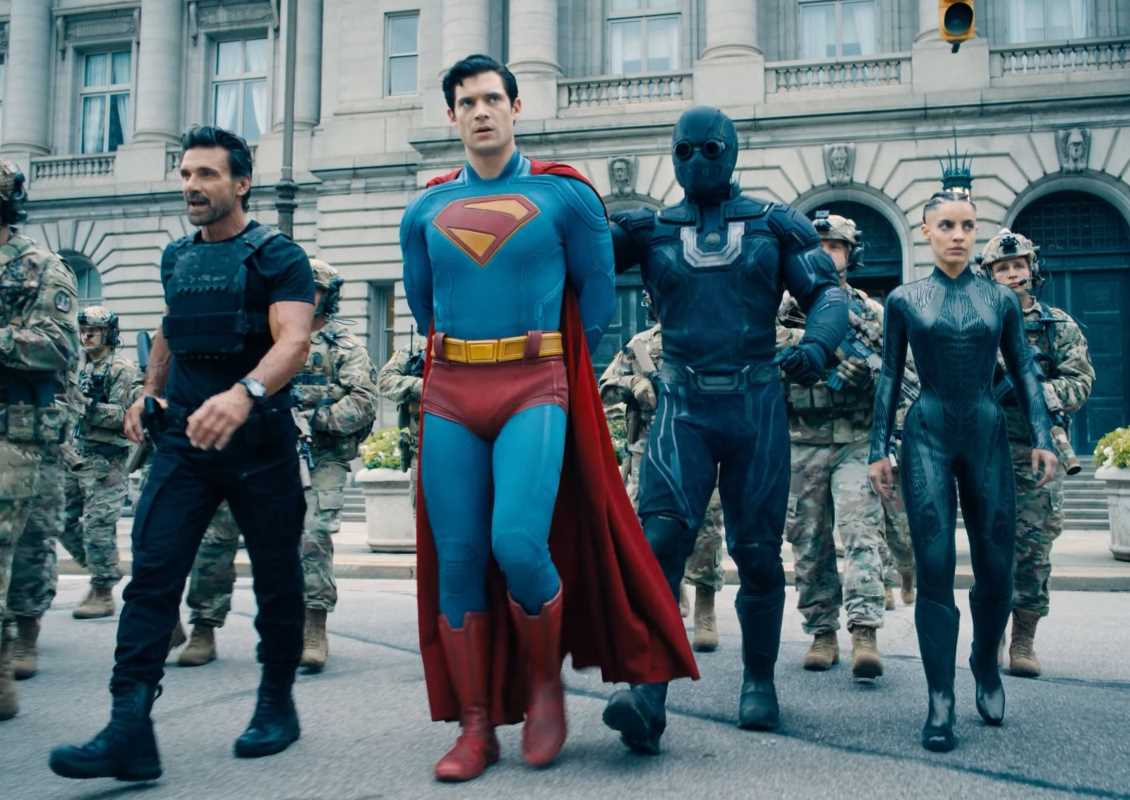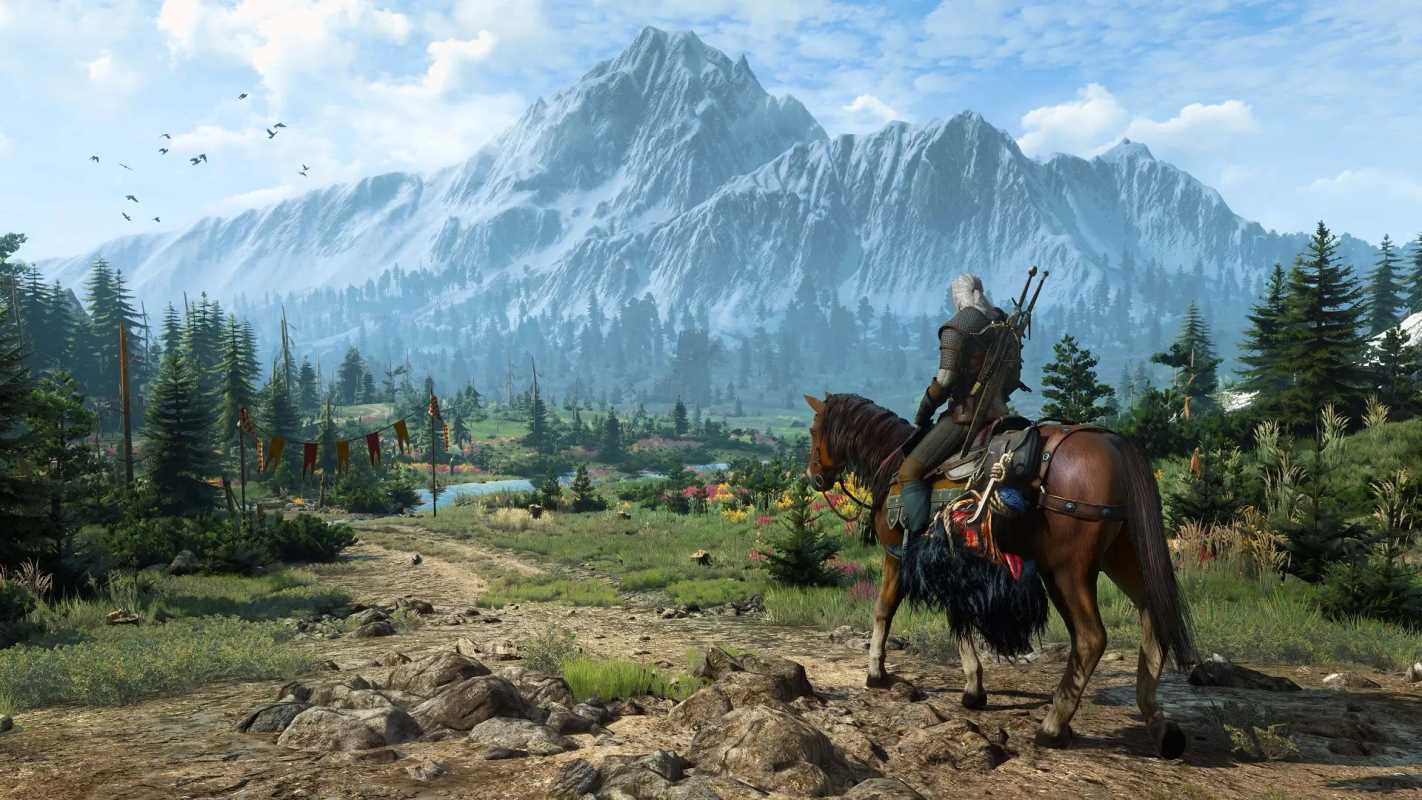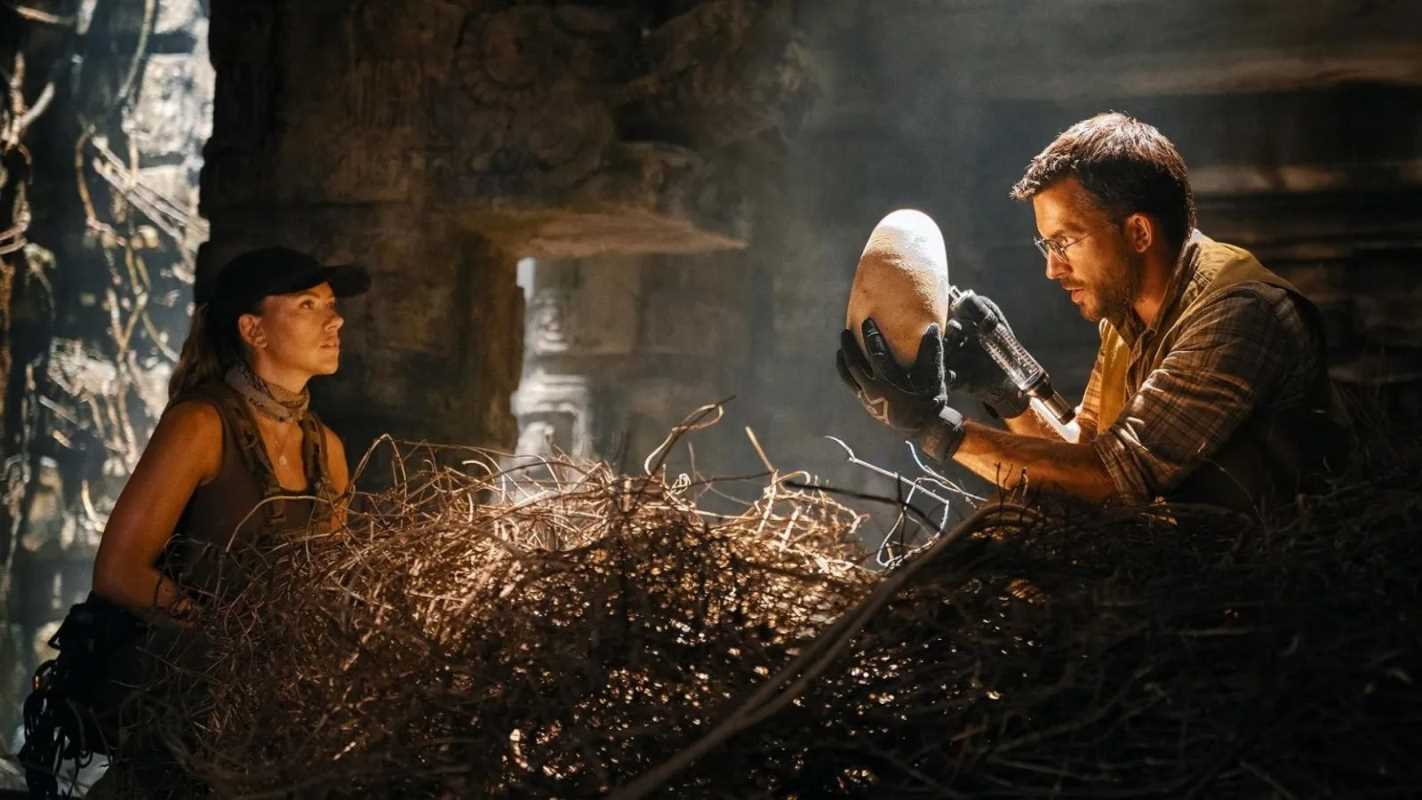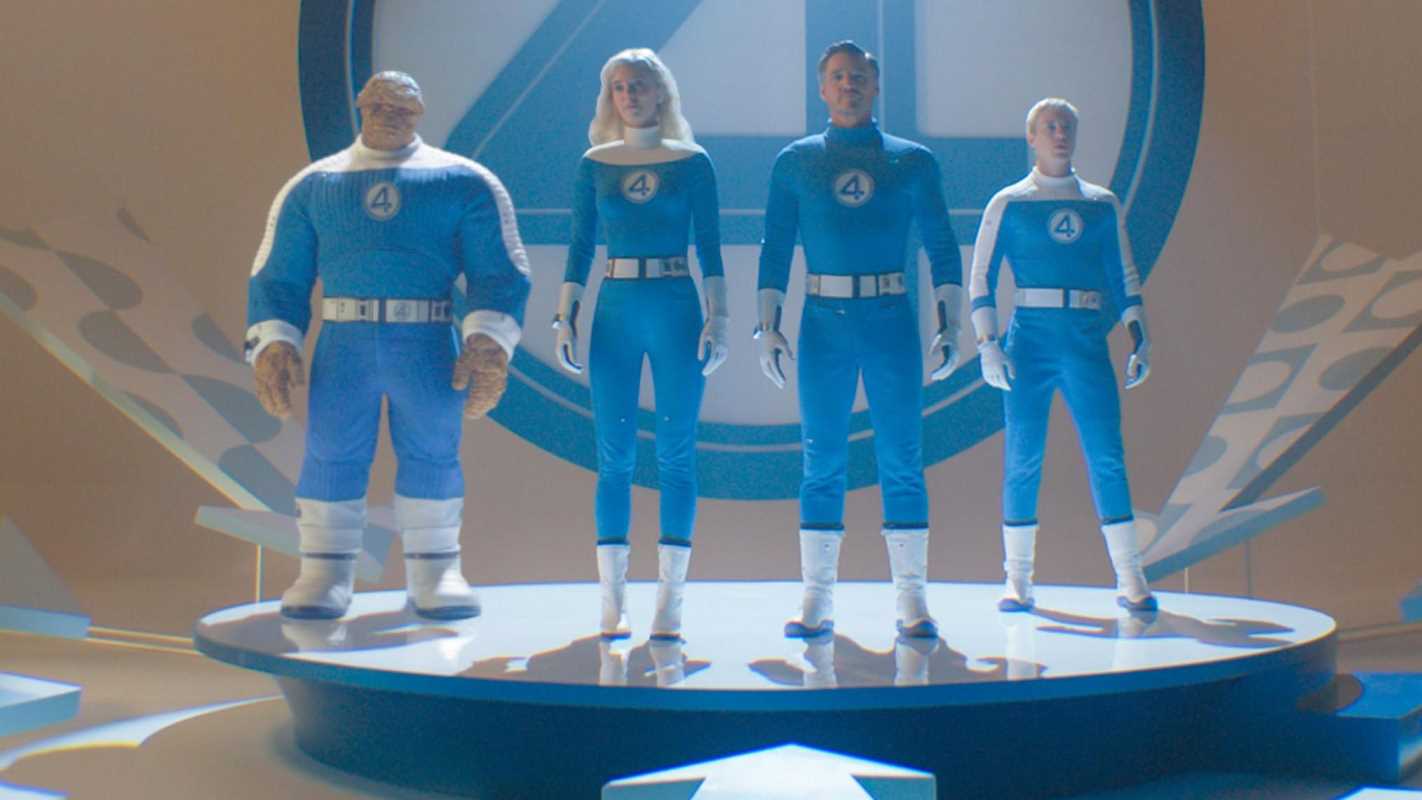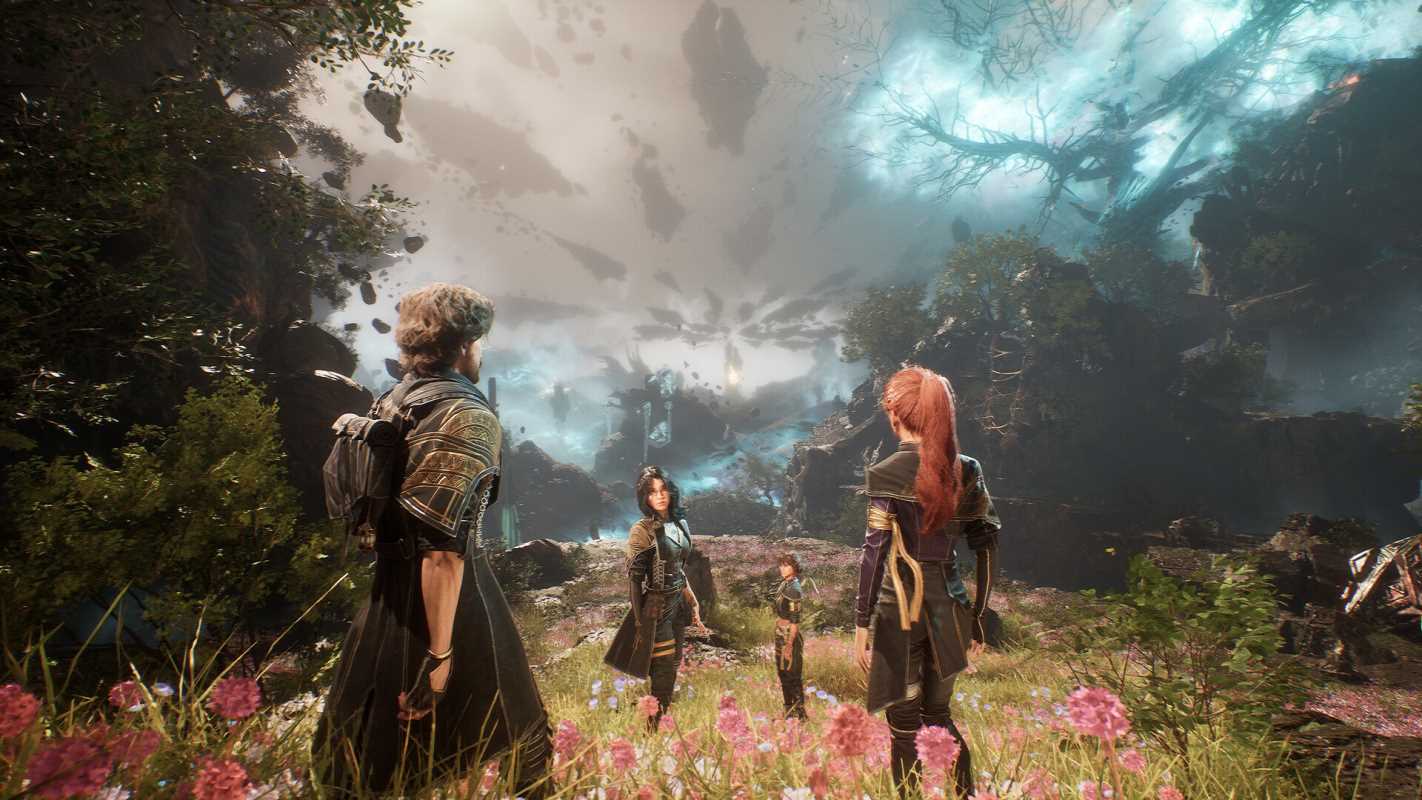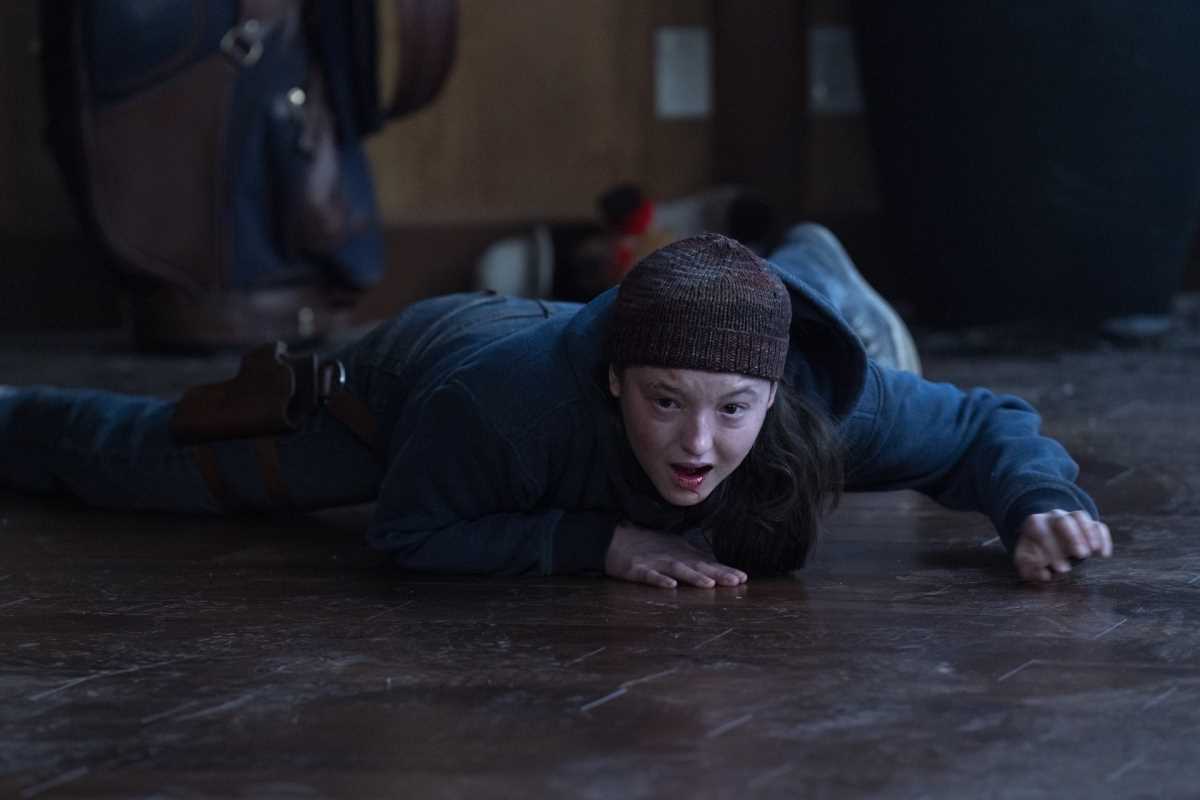Death Stranding 2: On the Beach is Kojima Productions' ambitious sequel to their 2019 genre-defining hit, Death Stranding. Known for its unique blend of physical traversal mechanics, emotional storytelling, and surreal tone, the original game sparked both passionate praise and pointed criticism. Fast forward to 2025, and Death Stranding 2 aims to deepen the experience while addressing some of the pain points that players expressed the first time around. By making significant refinements to gameplay, introducing new systems, and expanding the boundaries of the game’s world, this sequel invites both returning fans and newcomers to experience Kojima’s vision in its fullest form.
Here’s a look at all the improvements Death Stranding 2 brings to the table, and how they elevate the gaming experience to new heights.
1. A World Beyond America
One of the biggest shifts in Death Stranding 2 is the expansion of its setting. While the first game had players traversing across a post-apocalyptic America to reconnect its fragmented citizens, the sequel breaks that boundary. This time, you’ll find yourself traveling beyond America to include regions like Mexico and Australia as part of the narrative's focus. These new locations aren't just reskins of familiar terrain; they showcase vibrant, drastically different climates and ecosystems. From the dense, dry outback to urbanized coastlines, every landscape feels fresh and alive.
Notably, crossing the map is now complemented by Fragile's updated organization, Drawbridge. The introduction of the DHV Magellan, a ship capable of navigating tar currents, adds a layer of practicality and excitement to long-distance travel. This provides a more seamless way to connect zones across massive distances, while maintaining the series' staple gameplay loop of planning routes and delivering cargo.
2. Enhanced Dynamic Weather and Environmental Interaction
Death Stranding 2 makes the world feel more alive than its predecessor with dynamic environmental systems that significantly impact gameplay. While the first game introduced the eerie Timefall, where rain ages anything it touches, the sequel expands the repertoire to include diverse natural events. Players now face fluctuating seasons, spontaneous bushfires, torrential dust storms, and even rising river levels after heavy rainfall.
These aren’t just background visuals, either. These systems interact directly with gameplay, requiring players to adapt on the fly. For instance:
- Flooded roads might force players to abandon vehicles in favor of makeshift rafts.
- Dust storms hinder visibility, creating tense moments.
- Bushfires challenge players to reroute planned paths to avoid catastrophe.
The dynamic weather system injects unpredictability, making every delivery trek feel more immersive and challenging.
3. Overhauled Combat and Stealth Systems
Many players enjoyed the tranquil delivery focus of the first game, but some found the combat to be overly simplistic. Death Stranding 2 addresses this constructive criticism by dramatically revamping combat and stealth.
Expanded Combat Options
Close-quarters combat is no longer just an afterthought. Players can now:
- Block, dodge, and counter melee attacks versus enemy assailants.
- Employ electric batons like MULEs wielded in the first game, which can shock enemies both at close range or mid-throw.
- Carry a suite of new lightweight weapons for versatile combat strategies, including tranq pistols, modified rifles, and decoy grenades.
What’s more, Death Stranding 2 introduces diverse enemies that require unique tactics. You'll face armored humans, new variations of BTs (called Watchers), and combat mechs. Weapons need careful preparation to ensure you’re ready for any combat scenario.
Stealth Gets a Style Upgrade
Sneaking around feels more intuitive with stealth mechanics reworked to mimic the tactical finesse seen in Kojima’s earlier Metal Gear Solid titles. Key improvements include:
- Simplified takedowns: The Circle button allows easy enemy binding without needing the Strand equipment ready.
- Proximity scanners: Automatically detect nearby threats to improve sneaking accuracy.
- Dollman, a drone companion: This quirky yet practical tool gives players an aerial overview of the environment for both tactical planning and enemy identification.
These changes make combat and stealth feel less like secondary functions and more like essential tools in a well-rounded arsenal.
4. Improved Traversal Tools
Traversal was the beating heart of Death Stranding. The act of simply walking, planning routes, and carrying cargo reached a strange zen-like balance in the original game. However, it wasn’t perfect. Death Stranding 2 retains what worked and builds on it, offering a wider array of tools to explore its expanded map.
New and Upgraded Vehicles
The Tri-Cruiser replaces the first game’s Trike as the workhorse vehicle of choice. With it, Sam can now collect nearby materials without needing to dismount, making resource gathering much faster. Additionally, players can fire weapons while driving for a more action-packed experience. Later upgrades include turret attachments and scanners for automated combat.
Monorails and Infrastructure Expansion
The introduction of monorails alongside returning road and zipline systems brings even more variety to movement. Monorails are ideal for transporting large amounts of cargo between major hubs, while ziplines remain invaluable for steep terrain. The modularity inherent in these improved systems encourages creativity when rebuilding the fragmented world.
Ladder and Rope Overhauls
Traversal staples like ladders and ropes have received significant quality-of-life upgrades, including the ability to combine two ladders for greater reach and rapid climbing tools for ropes. These small touches remove much of the tedium that frustrated some players in the first game.
5. The APAS System and Customization
Building on the original’s star ranking system, which rewarded players with passive buffs, Death Stranding 2 introduces APAS Enhancements. This new progression system allows players to unlock perks and tailor Sam’s abilities to their preferred playstyles. For example:
- Combat-focused perks enhance damage and weapon efficacy.
- Stealth perks like Proximity Scanners or Silent Movement improve sneak approaches.
- Handling perks make cargo transport smoother by boosting carrier stability or reducing energy consumption.
What’s unique here is the flexibility. Players can freely swap and experiment with these perks at no cost whenever inside the Chiral Network. Whether you’re preparing for a combat-heavy mission or a stealthy infiltration, APAS allows for exceptional adaptability.
6. Quality-of-Life Updates
Kojima Productions wasn’t just content to add features; it also streamlined systems that frustrated players in Death Stranding. These smaller but welcome changes include:
- Quick cargo management: The clunky menu navigation for organizing Sam's load has been replaced with a one-button optimization tool.
- Streamlined corpse disposal: The sequel eliminates the need for incinerators by letting players bring bodies to safer distribution centers.
- Dialogue choices: Players can now steer conversations with NPCs, providing a greater roleplaying element.
- Portable music player: Adding much-requested personality, Sam now has access to a music player during treks.
7. A More Inviting Collaborative World
The shared world mechanics of Death Stranding 2 remain integral to the experience, with new systems encouraging cooperative play. Players can request materials from others, coordinate on larger construction projects, and leave critical structures in areas regularly ravaged by extreme weather.
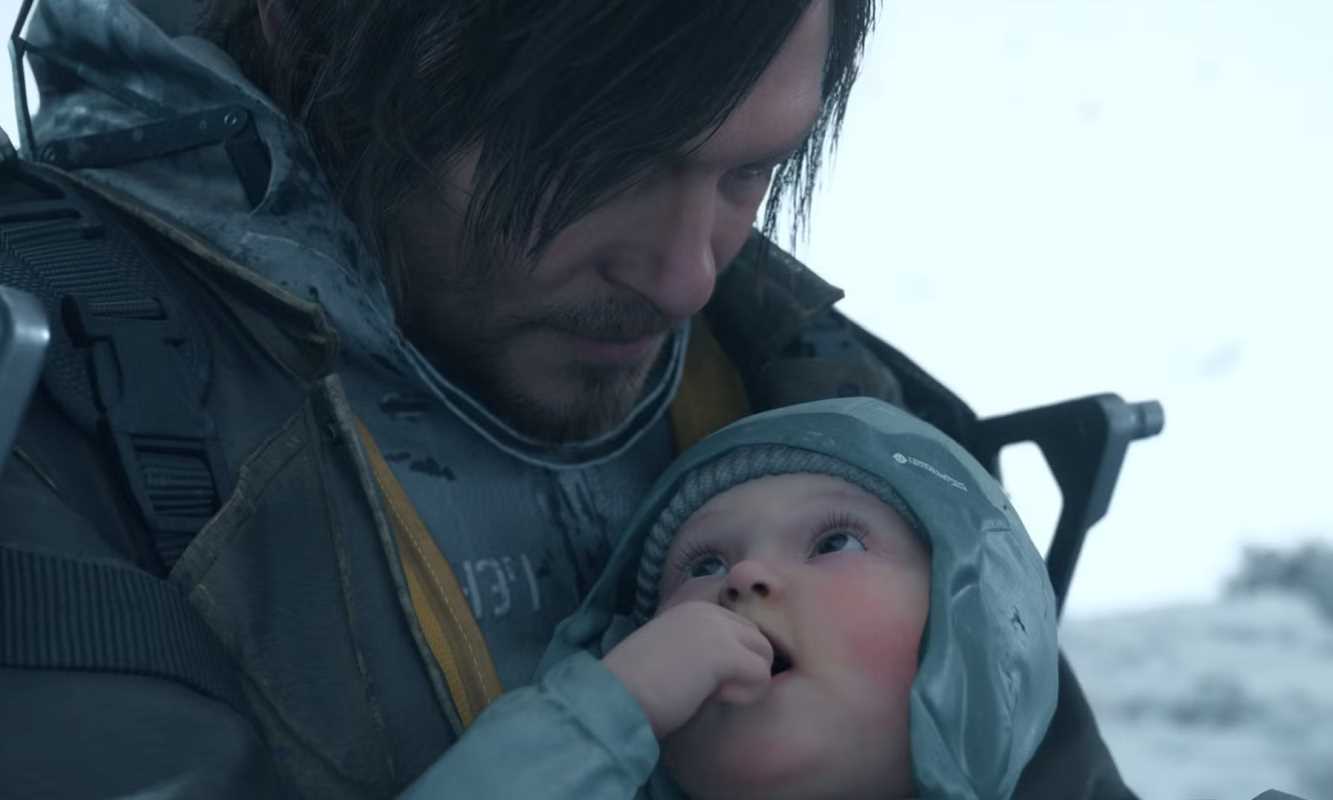 (Image source: Sony Interactive Entertainment)
(Image source: Sony Interactive Entertainment) 